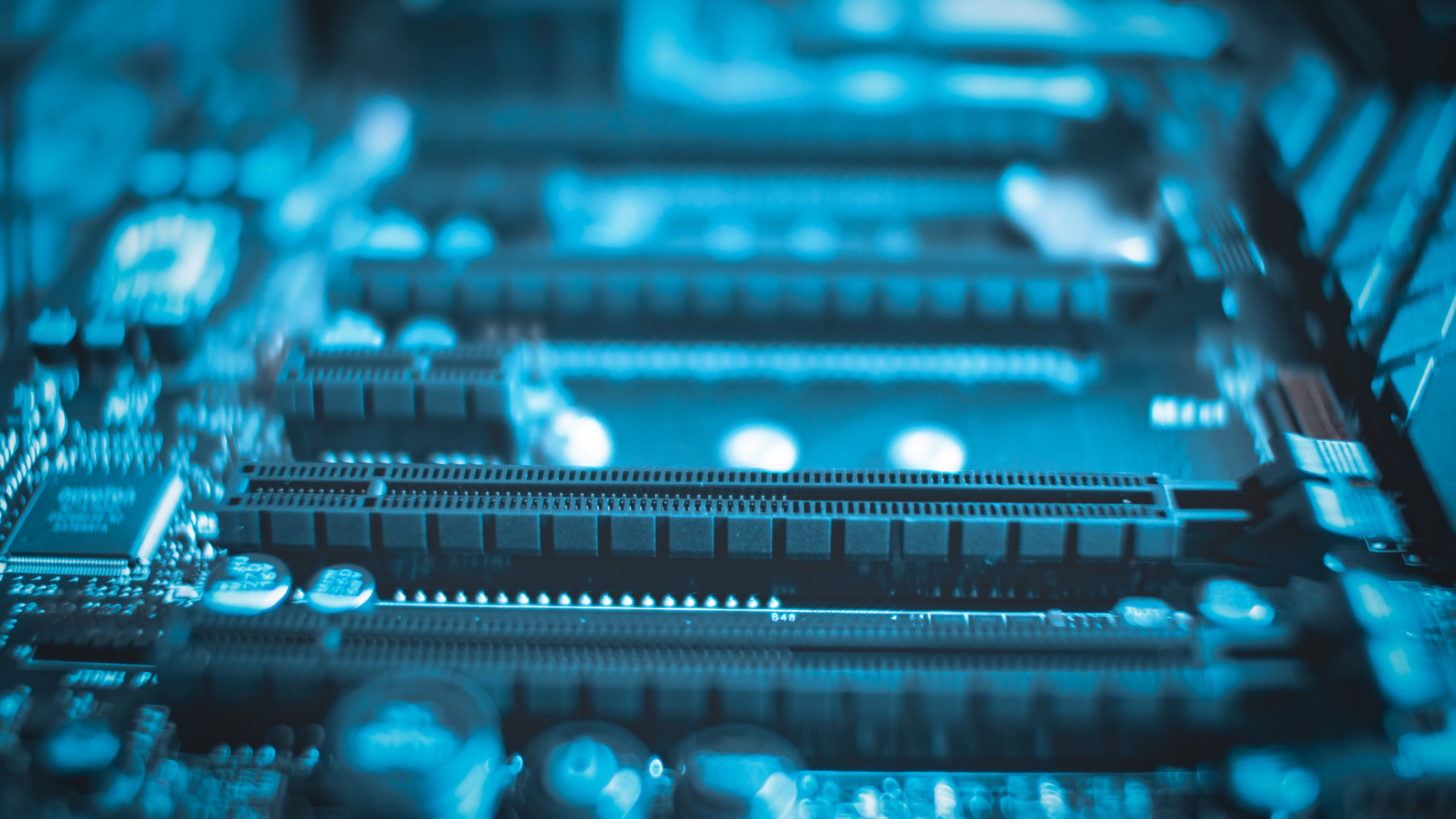Tech Radar
3w
232

Image Credit: Tech Radar
PCIe 7.0 has been announced, offering superfast speeds for the components inside your PC – but don’t get excited just yet
- PCIe 7.0 has been announced, offering a data rate of 128GT/s, double the speed of PCIe 6.0, with support for up to 16 PCIe lanes in a single slot and up to 512GB/s of total bandwidth.
- The standard is still in its early stages and PCIe 6.0 is yet to be widely adopted, indicating that PCIe 7.0 won't be available for consumer PCs anytime soon.
- PCIe 8.0 development has already begun, suggesting a long wait for PCIe 7.0 implementation.
- While PCIe advancements promise faster speeds for GPUs and drives in the future, current consumer PCs may not see immediate benefits as existing GPUs are not pushing the limits of PCIe 5.0 yet.
- Older PCIe standards are causing limitations for some new graphics cards, such as the RTX 5060 Ti, which experiences performance loss in PCIe 4.0 slots.
- Advancing PCIe standards are crucial for maintaining connectivity standardization for PC components, although current advancements may not immediately affect most consumer PCs.
- Hardware supporting PCIe 6.0 may arrive later this year or early next, while PCIe 7.0 implementation is likely towards the end of the decade, primarily for specialized tasks.
- The focus on higher PCIe standards like 7.0 and 8.0 may improve compatibility with future GPUs and technologies, benefiting aging consumer PCs in the long run.
- Overall, while PCIe advancements hold promise for future high-speed connections, their immediate impact on consumer PCs remains limited due to current hardware capabilities.
- Progression through PCIe standards indicates a gradual roadmap towards faster and more robust connectivity solutions for PC components in the coming years.
Read Full Article
13 Likes
For uninterrupted reading, download the app